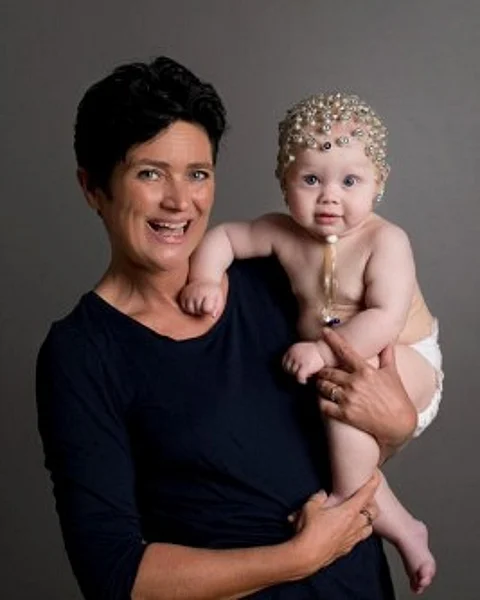FRIDAY, Jan. 12, 2024 (HealthDay News) -- Check out a painting of the Virgin Mary. Chances are she’s depicted cradling baby Jesus in the crook of her left arm.
That’s a religious reflection of a real-life phenomenon -- the vast majority of people always cradle a baby in their left arm.
Now, researchers think they know why.
Weeding through competing theories, a research team has landed on the most obvious explanation as the one that’s probably correct.
People most often hold a baby in their left arm because it’s not their dominant arm, and they need their strong hand free to do other things, said researcher Audrey van der Meer, a professor of neuropsychology at the Norwegian University of Science and Technology.
“Interestingly, this has not been regarded as an adequate explanation, even though it intuitively seems logical,” van der Meer said in a university news release.
“Nine out of 10 people in the world are right-handed. We still believe that this is the best explanation why the vast majority of people cradle babies in the crook of their left, non-dominant arm,” she added.
This new evidence review follows up on previous research which found that 75% of people tend to cradle a baby doll in the crook of their non-dominant arm, most often the left arm, researchers said.
One competing theory held that people cradle babies to the left so they can better hear the infant’s heartbeat, since the heart is located on the left side of the body.
Another theory involved human hearing. People often perceive information from sound faster with their left ear than their right, research has shown, which might help them better watch a child held to the left.
Yet another theory involved human brain structure, in which the right hemisphere of the brain is specialized for interpreting emotions and faces.
People would cradle a baby to the left so they could use their left eye and ear to observe the child, since information from those leftward organs transmits to the right side of the brain.
But van der Meer’s analysis of existing research has concluded that most people simply cradle a baby to the left so their right hand is free.
The opposite is also true – most left-handed people cradle a baby in the crook of their right arm.
“It is perhaps interesting to mention that there are many pictures of William, the Prince of Wales, cradling a baby in the crook of his right arm. He is left-handed,” van der Meer said.
But his right-handed wife Kate, the Princess of Wales, cradles babies in her left arm, van der Meer noted.
However, she noted that this phenomenon only applies to babies.
As infants turn into toddlers, most people tend to switch arms, toting them around using their dominant and stronger arm, van der Meer said.
The new study was published recently in the journal Infancy.
More information
UT Southwestern Medical Center has more on holding a newborn.
SOURCE: Norwegian University of Science and Technology, news release, Dec. 15, 2023


